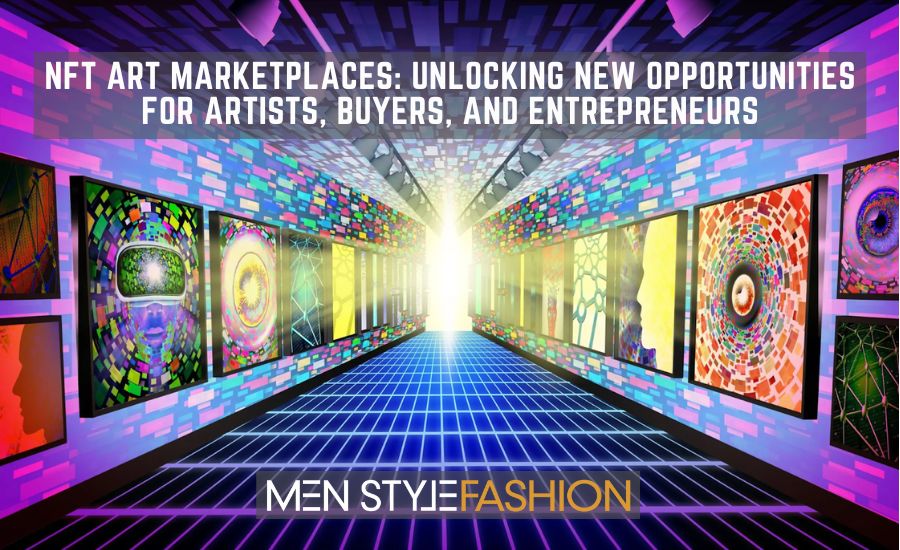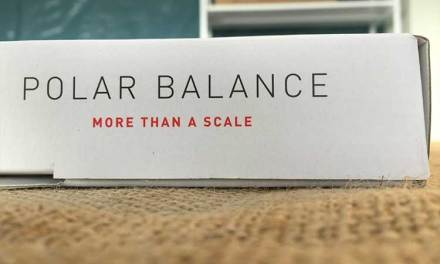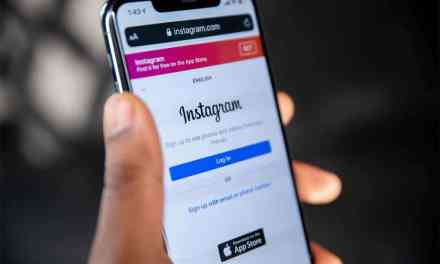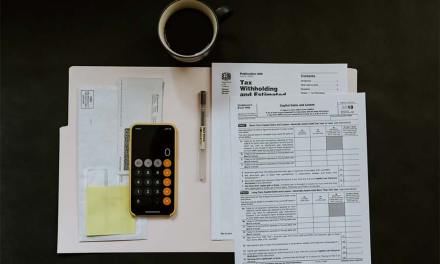Have you heard about NFTs? They’re taking the art world by storm! NFTs, short for non-fungible tokens, are a game-changer in the world of art. This type of art is digital and authenticated through blockchain tech, making it totally one-of-a-kind.
In this article, we will explore what NFT art is, how it works, and when it has gained popularity. We will also examine how NFT art marketplaces work and discuss the relevance of NFT art marketplace development.
What is NFT Art?
Okay, so NFT art is basically digital artwork that is created, stored, and traded on a blockchain. Now, the blockchain is a decentralized ledger that is incredibly secure, unmistakably transparent, and completely unchangeable. Each NFT is unique, and it contains a set of data that identifies the artwork, its creator, and its ownership. The data is stored on the blockchain, making it impossible to alter or duplicate.
How it Works
Thus, how does one create NFT art? Digital tools like powerful graphics tablets and innovative software are used for it. The finished work of art is posted to an NFT marketplace and “minted” into an NFT there. This minting process is basically when a smart contract is created to connect the artwork to a totally unique token. This token is then recorded on the blockchain, where it becomes part of a permanent and public record.
The NFT art can be bought and sold on the marketplace, with each transaction being recorded on the blockchain. When an NFT art is sold, the ownership of the token is transferred to the buyer, and they become the sole owner of the artwork. The artist can also earn a commission on each subsequent sale of the artwork, which is recorded in the smart contract.
Popularity of NFT Art
NFT art blew up big time in early 2021, with some major sales and auctions grabbing tons of media attention. There were some really big ones, such as this digital masterpiece by the artist Beeple, which fetched an astounding $69 million at a Christie’s auction house in March 2021. Then there was this other digital masterpiece created by the musician Grimes, which sold for about $6 million in February 2021 on the Nifty Gateway marketplace. These sales brought attention to NFT art and sparked a lot of interest in this emerging sector.
NFT Art Marketplaces
Okay, so artists can sell their digital works of art to potential customers on an NFT art marketplace. Normally, the process of selling NFT art on one of these marketplaces goes like this:
An artist creates and uploads artwork
The artist starts by creating some digital art and uploading it on the marketplace site.
Minting of NFT
The artwork is subsequently transformed into an NFT, which essentially generates a one-of-a-kind digital signature to demonstrate its authenticity and rightful ownership. The NFT is created on a blockchain network, such as Ethereum, and then it is put on the marketplace platform.
Listing the NFT for sale
After that, the artist puts the NFT up for sale on the marketplace platform, where they can set a price for the art and work out the details of the sale.
Buyer purchases the NFT
If someone is interested, they can buy that NFT through the marketplace platform using a cryptocurrency like Ethereum. The ownership of the piece of art is then verified on the blockchain network when the NFT is transferred to the buyer’s digital wallet.
Resale and royalties
Once the NFT is purchased, the buyer can resell it on the marketplace or other platforms. It’s also important to note that certain markets give artists a share of the earnings from any subsequent purchases of their works, so they can continue to profit from their work even after the first sale.
NFT art marketplaces typically impose fees for each transaction conducted on their platforms, whether it is a commission on sales or a listing fee. These markets provide a platform for artists to display their works, draw in a global following, and sell their products. Meanwhile, customers can acquire authentic, one-of-a-kind digital art for enjoyment or for investment.
Advantages of the NFT Marketplaces for Both NFT Art Creators and Buyers
Advantages for NFT Art Creators
Increased visibility: NFT art marketplaces give artists an opportunity to display their works and broaden their audience, which might lead to more recognition and popularity of their work.
Direct access to buyers: By establishing a direct connection between artists and customers, NFT art markets eliminate the middlemen. This streamlines the process and possibly increases revenues for both parties by doing away with the necessity for galleries or auction houses.
Earning potential: By earning a commission on each sale of their digital artwork, artists have the opportunity to start a new source of income through NFT art marketplaces.
Authenticity: Blockchain technology can be used in NFT art marketplaces to authenticate digital artwork, ensuring each piece’s uniqueness and preventing reproduction.
Advantages for NFT Art Buyers
Security and transparency: Buyers and sellers can feel assured knowing that every transaction is safe, open, and untouchable thanks to the usage of blockchain technology in NFT art marketplaces.
Authenticity: Buyers can check the legitimacy of the digital artwork they are buying through NFT art marketplaces.
Variety: Buyers can explore and discover new artists and styles they will like because NFT art marketplaces offer an extensive choice of artwork.
Investment potential: NFT art investments are becoming more and more common, with some works selling for millions of dollars. NFT art marketplaces give customers the opportunity to make investments in this developing market and possibly make money off of their purchases.
Why Should We Create an NFT Art Marketplace in 2023?
It will still be essential to create an NFT art market by 2023. With enormous sums of money being invested in authentic digital artwork, the NFT art market has seen a tremendous increase in popularity in recent years. As more enthusiasts and investors grow fascinated with NFT art, it is projected that this trend will continue in the upcoming years.
There are various advantages to developing an NFT art market:
First Benefit
Artists can broaden their audience and establish connections with people all over the world by using a platform for presenting their work. Due to the global reach of the industry, there may be more options for artists to sell their works to customers in other parts of the world.
Second Benefit
A reliable and safe platform for buying and selling NFTs is a digital marketplace for NFT art. Buyers may feel confident in the authenticity of the art they’re buying because every transaction is transparent and tamper-proof thanks to the use of blockchain technology.
Third Benefit
A number of elements are included in an NFT art marketplace to improve the process of purchasing and selling. You can explore and search for NFT art, make bids and purchases, and manage NFT collections using these tools.
Fourth Benefit
The platform charges a transaction fee for each sale, which can generate sizable profits for the platform owner. Starting an NFT art marketplace can therefore be a lucrative commitment. The prospect of earning money through an NFT art marketplace seems attractive given the NFT art market’s quick expansion.
How to Monetize the Development
There are several ways to monetize an NFT art marketplace:
Commission on sales: Taking a commission on every transaction that occurs on the platform is one way that the NFT art market makes money. Other online markets employ this strategy frequently, and it could be profitable for the platform as well.
Listing fees: It may cost money for artists to put their works on the platform if they want to sell them there. Depending on the platform’s pricing policy, this cost may be a one-time payment or a regular subscription price.
Featured listings: The marketplace can provide artists with the ability to display their work on the platform in exchange for a further charge. For artists, this can be helpful because it will increase their exposure and perhaps result in more sales.
Advertising: By displaying adverts on the platform, the marketplace has the ability to generate income through advertising. This could be a practical way to increase revenue without charging artists or users.
Premium membership: The marketplace can provide buyers and artists with special benefits, such as early access to new releases, discounts, and limited edition artwork, by offering a premium membership. These extra features could improve the overall experience for premium members and boost platform income.
Licensing fees: The market can make money by licensing NFT artwork to third-party platforms or businesses for commercial usage.
Is It Worth Creating an NFT Marketplace as a Startup?
For a variety of reasons, launching an NFT art marketplace can be a great investment:
Emerging market: Startups have a special opportunity to profit from the developing NFT art market because it is still in its early stages and is growing rapidly. Being a pioneer in the sector might offer a substantial advantage as the market grows at a rapid pace.
High growth potential: Recent years have seen tremendous growth in the NFT art market, with some pieces selling for millions of dollars. Startups have a great chance to earn large profits as the market keeps growing.
Innovative technology: Marketplaces for NFT artwork are developed using blockchain technology. For both artists and purchasers, it guarantees a secure and transparent marketplace. Startups need to create a unique and user-friendly platform that sets them apart from the competition in order to compete in the current markets.
Opportunity for disruption: Since there are now just a few major players in the NFT art market, there is an opportunity for startups to shake up the market by bringing cutting-edge innovations or commercial approaches.
Social impact: NFT art marketplaces can play a significant role in democratizing the art industry and promoting artistic expression by giving emerging artists a platform to display their work and connect with a larger audience.
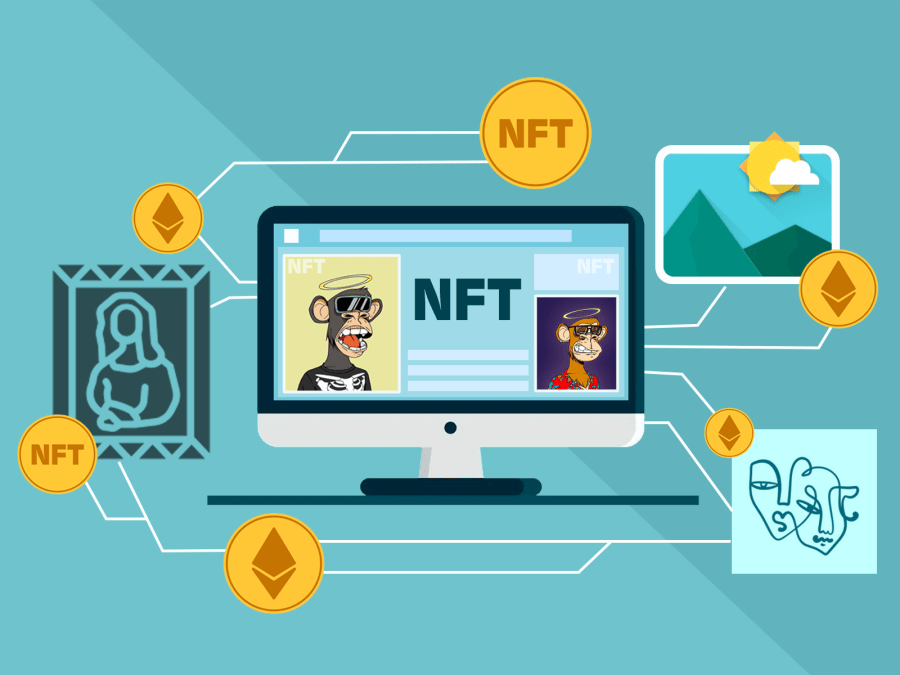
Conclusion
NFT art marketplaces are revolutionizing the field of art. They provide artists, consumers, and business owners with more visibility, direct contact with consumers, security, transparency, and the possibility of investment. By creating user-friendly platforms, entrepreneurs can benefit from the burgeoning NFT art market. However, they should be mindful of the dangers involved, such as regulatory, sustainability, and scalability issues.
NFT art marketplaces have the potential to spur development and innovation in the art sector despite these dangers. In the end, the rise of NFT art marketplaces has sparked a paradigm shift in the art industry, opening up new possibilities for all parties.

